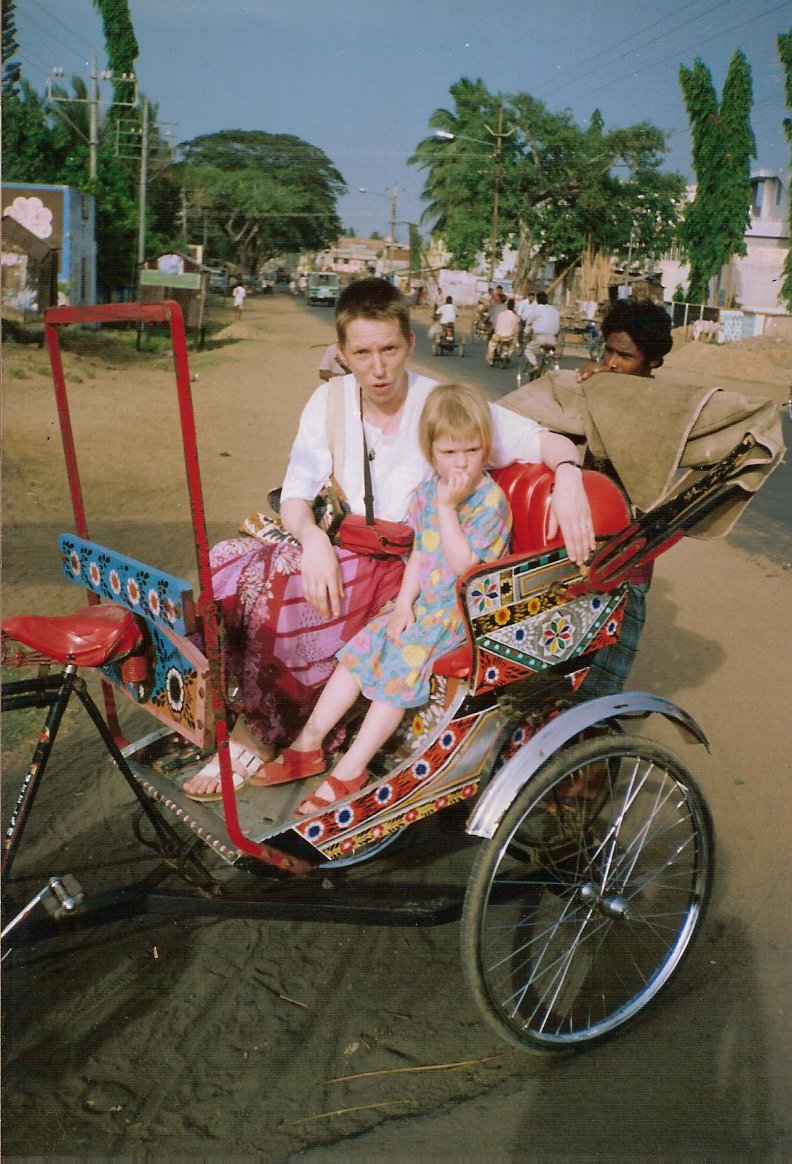I started noticing the application of knit for footwear (funnily enough) around the same time Nike had just released the Flyknit Racer. For me, footwear is a great medium to implement my findings. I like the size of the product and the weird shapes. There are also restraints and functionalities that you need to answer. All of these combined made it exciting to me. I also disagreed with a lot of ways shoes were being made. I was always thinking - why are there so many pieces? Why should it be done this way? Why do we need glue? I questioned the technicians that made the shoes, can it be done differently or what if we do it upside down? I would often manipulate materials and experiment with it, to try and see what it could be. I noticed myself always bouncing back to footwear, it was very fluid and it always came back to that application.
Oude Hengel’s drive to understand the unknown and challenge the norms of knit led her to land a year-long internship and subsequently a job at the TextielLab, which is a part of the TextielMuseum in Tilburg, where she worked as a technician operating the Stoll industrial knitting machines. While in her spare time, she made the most of her access to the facility, utilising the machines for her own personal projects. This immersive experience was what sparked a desire to embrace the hybrid role of a technician and designer. Following her tenure at TextielLab, Oude Hengel forged her own path, setting up her own sole business that quickly gained traction within the industry. Thanks to her expertise and original approach to knit, she breathed new life into the application of knit in footwear, leading her to work with many leading brands within the footwear world, most notably with Timberland as part of Future73.
Previous
Previous
Words of Advice for Women Entering The Sneaker Industry
Next
Next






